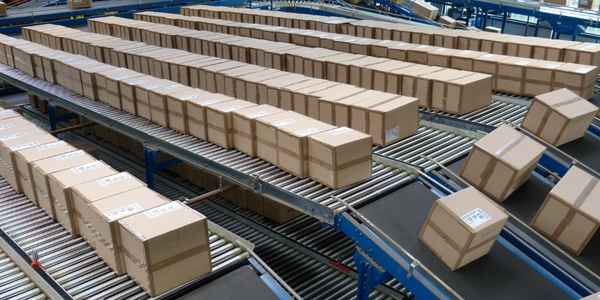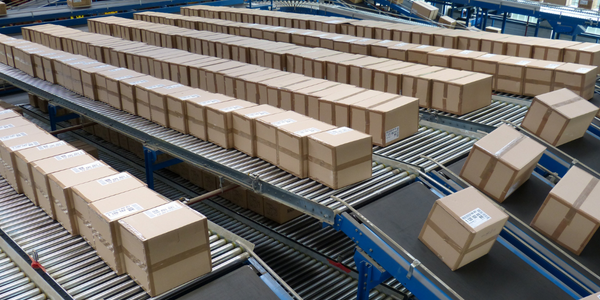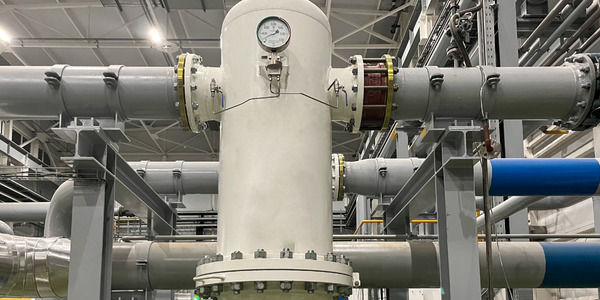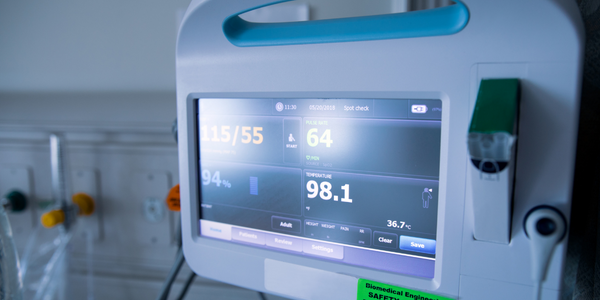公司规模
Mid-size Company
地区
- America
国家
- United States
产品
- DocuWare
技术栈
- Cloud Computing
实施规模
- Enterprise-wide Deployment
影响指标
- Cost Savings
- Productivity Improvements
- Environmental Impact Reduction
技术
- 基础设施即服务 (IaaS) - 云计算
适用行业
- 包装
适用功能
- 人力资源
- 销售与市场营销
用例
- 供应链可见性(SCV)
- 库存管理
服务
- 云规划/设计/实施服务
关于客户
Packaging Specialties Inc. 是一家为 27 个不同行业提供可持续、环保且价格合理的薄膜包装解决方案的公司,包括新鲜农产品、冷冻食品、饮料、零食等。该公司拥有 270 多名员工,拥有三个战略位置的印刷厂,每个印刷厂都配备了最先进的彩色印刷机,可生产出最高质量的印刷薄膜。这三个工厂还相互支持,以确保印刷薄膜产品的一致性。该公司致力于为客户和社区提供环保产品。
挑战
Packaging Specialties Inc. 是一家可持续薄膜包装解决方案提供商,该公司希望将其运营数字化,作为其环保使命的一部分。该公司希望减少纸张使用,节省邮寄和印刷材料及成本。该公司以前依赖于存放在存储柜中的纸质文件,这不仅不环保,而且效率低下且成本高昂。该公司需要一个可以在多个部门实施的解决方案,包括会计、人力资源、销售、客户服务和维护。
解决方案
Packaging Specialties Inc. 在多个业务领域实施了 DocuWare,例如会计部门的发票处理、人力资源部门的员工入职和人事档案存储、销售部门的费用报告以及客户服务和维护部门。该公司拥有 88 名 DocuWare 用户和 31 个工作流程,每月扫描超过 2,000 份文档,同时总共维护超过 80,000 份文档。员工特别看重几个关键功能,包括智能索引、注释和搜索。在多个部门使用 DocuWare 使公司摆脱了繁重的手工纸质流程,并实现了运营数字化。DocuWare 简化并改善了公司与供应商和客户的沟通。
运营影响
数量效益

Case Study missing?
Start adding your own!
Register with your work email and create a new case study profile for your business.
相关案例.

Case Study
IoT Data Analytics Case Study - Packaging Films Manufacturer
The company manufactures packaging films on made to order or configure to order basis. Every order has a different set of requirements from the product characteristics perspective and hence requires machine’s settings to be adjusted accordingly. If the film quality does not meet the required standards, the degraded quality impacts customer delivery causes customer dissatisfaction and results in lower margins. The biggest challenge was to identify the real root cause and devise a remedy for that.

Case Study
Zenon the Ideal Basis for An Ergonomic HMI
KHS develops and produces machines and equipment for filling and packaging in the drinks industry. Because drinks manufacturing, filling and packaging consist of a number of highly complex processes, the user-friendly and intuitive operation of equipment is increasingly gaining in significance. In order to design these processes as simple as possible for the user, KHS decided to introduce a uniform, transparent and standardized solution to the company. The HMI interface should meet the requirement for people with different qualifications and enable them to work on a standard platform.

Case Study
Sparks Dynamics Assists Atlas Container Secure a $15,000 BGE Energy Rebate
The ReMASTER Compressed Air Monitoring system was installed in 2015. This system is capable of monitoring compressed air system parameters on a continuous basis and transferring that information to a cloud server which can be accessed by Atlas Container personnel, Industrial Diagnostics and Sparks Dynamics. This information was collected into a database which can be exported to an Excel spreadsheet or displayed graphically using Sparks Dynamics ViewMaster Software. The average annual compressed air electricity expense was estimated to be approximately $116,000. This is based on an incremental $/KWh electric rate of $.091 per KWh and an estimated compressed air energy consumption of 1,279,200 KWH. The implementation phase of Energy Conservation Measures (ECMs) for the Compressed Air System included: • Identification and repair of compressed air leaks • Understanding of compressed air usage per manufacturing machine and installation of shut off valves when the machines are no longer in production mode • Identification of misapplications of compressed air to include blow offs, venturis, and cooling scenarios • Understand system pressure requirements and potential installation of point of use pressure regulation.

Case Study
Mondi Implements Statistics-Based Health Monitoring and Predictive Maintenance
The extrusion and other machines at Mondi’s plant are large and complex, measuring up to 50 meters long and 15 meters high. Each machine is controlled by up to five programmable logic controllers (PLCs), which log temperature, pressure, velocity, and other performance parameters from the machine’s sensors. Each machine records 300–400 parameter values every minute, generating 7 gigabytes of data daily.Mondi faced several challenges in using this data for predictive maintenance. First, the plant personnel had limited experience with statistical analysis and machine learning. They needed to evaluate a variety of machine learning approaches to identify which produced the most accurate results for their data. They also needed to develop an application that presented the results clearly and immediately to machine operators. Lastly, they needed to package this application for continuous use in a production environment.

Case Study
Automated Pallet Labeling Solution for SPR Packaging
SPR Packaging, an American supplier of packaging solutions, was in search of an automated pallet labeling solution that could meet their immediate and future needs. They aimed to equip their lines with automatic printer applicators, but also required a solution that could interface with their accounting software. The challenge was to find a system that could read a 2D code on pallets at the stretch wrapper, track the pallet, and flag any pallets with unread barcodes for inspection. The pallets could be single or double stacked, and the system needed to be able to differentiate between the two. SPR Packaging sought a system integrator with extensive experience in advanced printing and tracking solutions to provide a complete traceability system.

Case Study
Industry 4.0 at ALPLA: Enhancing Factory Efficiency with IoT
ALPLA, a global leader in packaging solutions, faced several challenges as the complexity of their production machinery increased. The need for highly trained specialists in each factory led to higher personnel costs, difficulties in recruiting experienced talent at each location, and costly personnel turnover. Furthermore, less experienced operators running the machines sub-optimally impacted resource consumption and overall equipment effectiveness (OEE). ALPLA also faced the challenge of monitoring visual inspection systems in every line of their plants, which was almost impossible to do manually. In 2016, ALPLA decided to use data from the 900 different types of embedded sensors in each factory to address these issues. However, their initial choice of SQL Server as the data store for the sensor data proved inadequate, as it was unable to cope with their data requirements.







